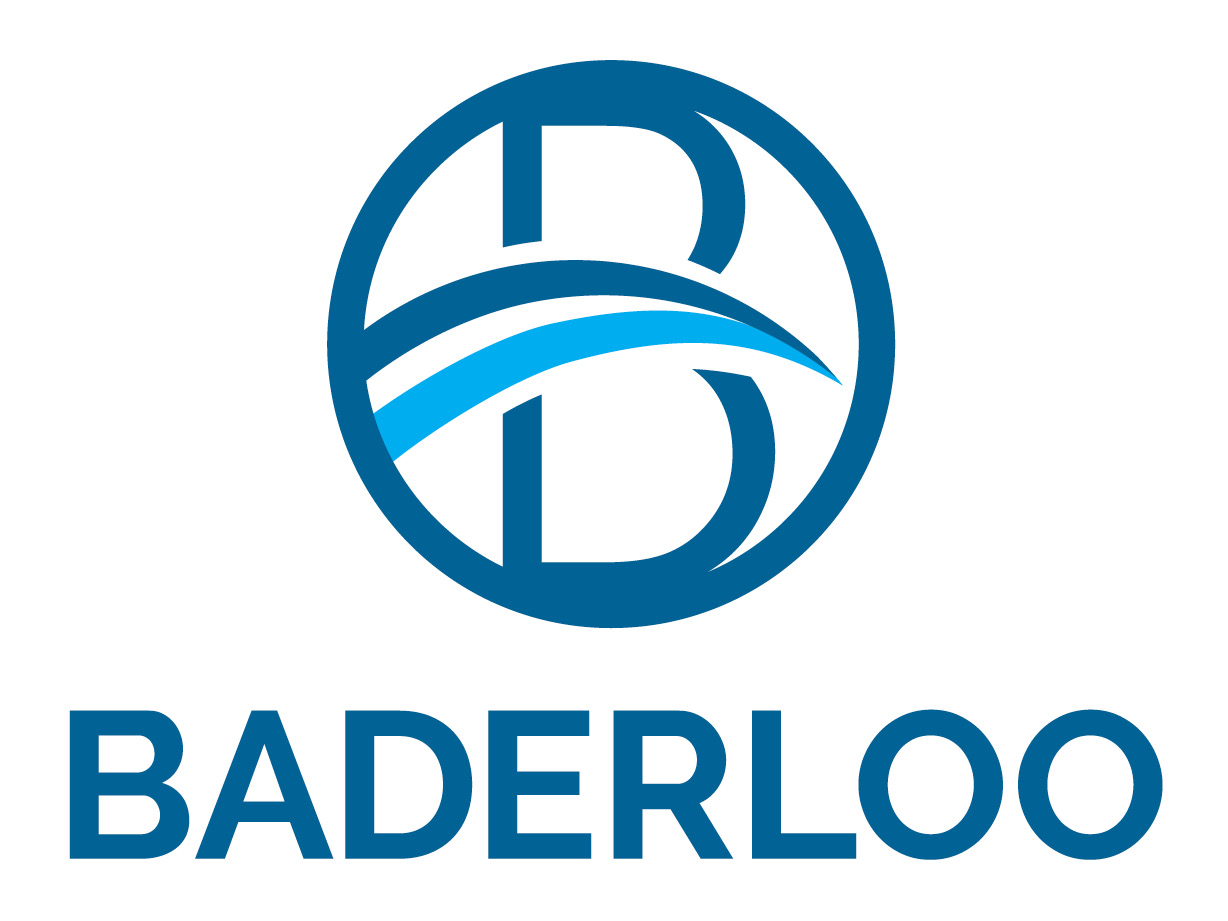Welcome to the June edition of Baderloo News. With some more widespread rain it looks like the season is now well underway. We hope you have all received some rainfall and your livestock and crops are all thriving as a result. It’s getting very wet here at Baderloo with 36mm recorded in April, 42mm in May and June in 67mm.
Baderloo Breeding Program
Early rain has seen our hills grazing feed well and truly up and going. Lambing ewes were put out onto green feed in the first week of May, something we haven’t had the luxury of doing for a few years. Ewes were split into their lambing groups based on singles, twins, and triplets, and were then divided again into five groups based on their foetus age. Foetus ageing is broken into week blocks over the five week joining period with the highest number of twins occurring in week one and week three.
Based on the group size, we can allocate the right sized paddock to accommodate their needs. We find that running approximately one sheep to the acre provides adequate feed throughout the winter and will let the feed get ahead of them in the spring to provide high amounts of dry cover to protect the hills over the summer months when they will be destocked.
Lambing started on the 15th June with the ewes being in great condition coming off the summer stubbles and onto early green feed we hope lamb survival will be good with big healthy lambs.
Very green pastures
Our pastures are looking very good as our seeding program draws to a close. Lucerne pastures were spray topped early and over sown with Ryecorn, Sub Zero and Clover. With a bit of lucerne flea around we will be monitoring these pastures for any damage. Vetch and Sub Zero are up and moving, with an early germination it was a good chance to spray these paddocks prior to seeding. Grass free will be carried out soon and let them do their thing until September when we will wean this year’s lambs into these paddocks.
With the moisture we have had we should have a large amount of feed available in the springtime, with any spring rain further enhancing the bulk. We introduced Sub Zero into our program in 2017 and it provides a massive amount of feed during the spring and can extend the grazing of these paddocks for an extra month or two. Canola is in and hoping to get a good crop to cut for silage in the spring as well as having a good clean up in this paddock. Beans and Barley are also in and these will be used as standing fodder crops for the ram lambs when they come back from their weaning paddocks in early 2024.
2023 Sale Preparation
We have a fantastic line up of 160 rams for this years sale and they are looking fantastic. We brought them in from their weaning paddocks in March, shearing was done on the 30th and they were then put into some barley paddocks and left to grow out. They have done very well on the barley and look very even and well grown.
Wool test data and yearling weights submitted to sheep genetics being the final piece of data collected. Cataloguing was completed on 29th June with help from our Quality agents Simon Seppelt and Dave Whittenbury.
Structure has been a major focus in our breeding program over the past few years, which has resulted in a line up of rams that are structurally correct. This together with a big focus on balanced data for profitable ASBV traits and fibre quality sees the best line up we have produced.
Baderloo are a leading producer in South Australia for weaning rate (WR) muscle (yemd) and fat (yfat), traits that drive productivity and profitability. With a big emphasis on fibre quality and quantity a well rounded and balanced animal is the result giving our clients the complete modern merino package. The catalogue will be finalised shortly and will be available on the website and via email soon. You can find this in a pdf copy as well as an excel version to give you the ability to sort and filter the animals of your selection criteria.
Client Focus – Palmer Family of Black Springs
It gives us great pleasure to introduce long term clients the Palmer family from Black Springs. Brenton and his wife, Chris, along with their daughter, Karen, run a mixed farming program of 700ha at Black Springs and Manoora with some summer agistment.
They mate 600-650 merino ewes annually and plant Wheat, Barley, Beans and Hay in their cropping program. The Palmers began purchasing rams from Baderloo in 2001 at the time using breeding values for Muscle and Growth. Their focus has grown to push Weaning Rate with high muscle, growth and fat while maintaining wool cut and fibre quality. Their ewes are shorn in April and October each year and lambs are shorn in January before coming into line with the ewes in October.
Ewes are joined mid-January and pregnancy scanned in April before going into containment until sufficient feed is available for lambing in June/July. Scanning rates on the maidens are normally 130%-150% and the mixed age ewes doing 150%-170%. Their lambing percentages range from 110% to 130% annually.
This year they plan to cease mulesing their lambs, 22 years of selecting wrinkle free modern merino genetics sees them in a great position to tackle the task. They have also used genomic flock profile test in the past to help keep them on track when buying genetics. They run a very good sheep operation and it is always a pleasure to class there every year and see their progress.




